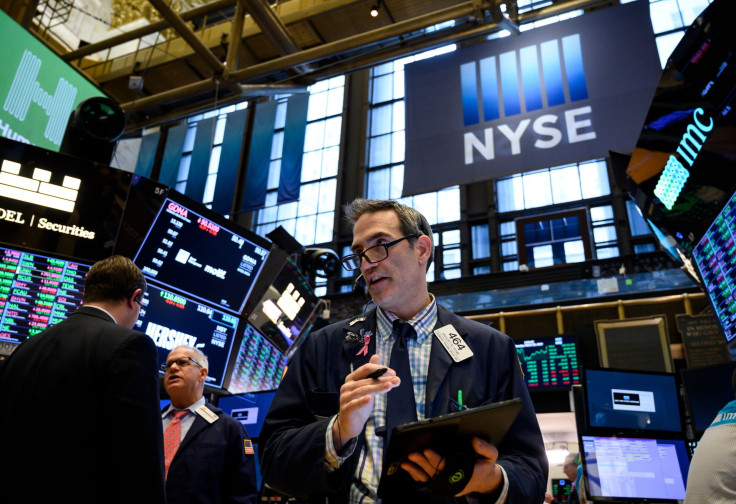Lower Open Likely For US Markets: Oil Steady

Lower open likely for the U.S. markets Thursday as important equity gauges were looking lower on Thursday morning.
At 4:30 a.m. ET, Dow Jones futures were down 93 points and was showing a negative open of 70 points and above, while the futures on S&P 500 and Nasdaq also looked lower.
On Wednesday, Wall Street closed lower after reports appeared that trade-negotiations with China are stuck over U.S curbs on Huawei.
“Donald Trump’s renewed trade threats undermine relief from the resumption of US-China trade talks agreed to by Presidents Trump and Xi at June’s G20 meeting,” noted Vishnu Varathan, head of economics at Mizuho Bank.
Meanwhile, profits in the ongoing earnings season are reported to be better than expected. More than 7 percent of S&P 500 companies have reported Q2 earnings so far, in which 85 percent have posted profits above analysts' expectations, according to FactSet data.
On Thursday, Morgan Stanley, Union Pacific, SunTrust, and M&T Bank will be reporting earnings before the bell, while Microsoft will report after the market closes.
European stocks traded lower on Thursday with pan-European Stoxx 600 sliding 0.4 percent by mid-morning.
Oil prices steady
Oil prices were steady on Thursday after making losses in the previous session. The latest official data showed high U.S gasoline reserves last week and hinted a weaker demand in the peak driving season.
Brent crude futures were up 0.2 percent to $63.80 a barrel by 0237 GMT. On Wednesday Brent fell 1.1 percent.
The U.S West Texas Intermediate crude futures fell to $56.77. It was down 1.5 percent in the previous session.
The “easing of tensions between the U.S. and Iran, mixed Chinese growth data and storm-hit operations getting back online are pressuring oil prices downward, ” commented Alfonso Esparza of Oanda.
The data on the U.S. oil supply from the U.S. Energy Information Administration showed a larger-than-expected dip in crude stockpiles last week. But large reserves of refined product inventories pulled down prices.
Asian stocks down
In the Asia Pacific, stocks in Japan led the losses while the other Asian bourses followed suit, amidst signals of renewed trade tensions.
Japan’s Nikkei 225 dropped 1.97 percent, while the Topix fell 2.11 percent.
After Singapore’s export crash, Japan reported a big fall in exports by 6.7 percent in June compared to a year ago, according to new data. The expected decline was 5.6 percent per Reuter’s poll of economists.
In mainland China, the Shanghai Composite declined 1.04 percent while Hong Kong’s Hang Seng index fell 0.66 percent.
South Korea’s Kospi fell 0.31 percent amidst the Bank of Korea cutting the base rate by 25 basis points to 1.5 percent. In Australia, the ASX 200 fell 0.36 percent.
Gold price falls
Gold prices fell from a two-week high on Thursday, as investors took moved to profit booking after the last session’s high.
Spot gold fell 0.3 percent at $1,422.40 per ounce, at 0546 GMT.
The U.S. gold futures also fell 0.1 percent to $1,421.90 an ounce.
Michael McCarthy, chief market strategist, CMC Markets noted that having approached a key resistance level around $1,430, gold failed to push through. It seems, some short-term trading investors are taking advantage of gains.
Meanwhile, expectations are rising that the Fed will cut interest rates by 25 basis points at the policy meeting in late July.
© Copyright IBTimes 2025. All rights reserved.





















